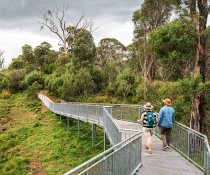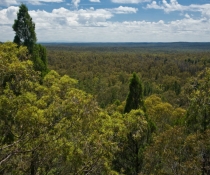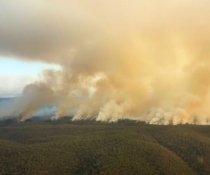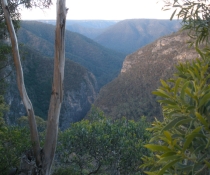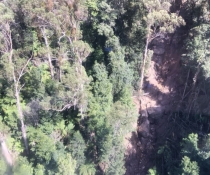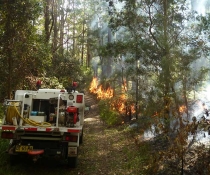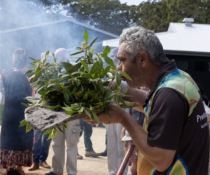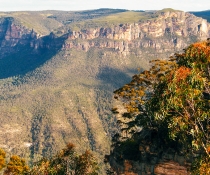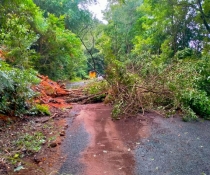Boost to feral animal control removes 40,000 feral animals from NSW national parks
Rock-wallabies, waterbirds and coastal rainforest are just some of the threatened species and communities benefitting from the largest feral animal control program in NSW national park history.
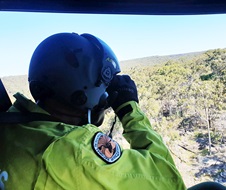
National Parks and Wildlife Service Deputy Secretary Atticus Fleming said from the western plains to the coast, a concerted feral animal control program was paying big dividends.
"40,000 feral animals were removed from the State's national parks in 2021, providing a boost for wildlife.
"The NPWS team has removed more than 12,000 pigs, nearly 20,000 goats and almost 5000 deer.
"It has been a massive program, including more than 1500 hours of aerial shooting by highly trained staff, combined with carefully targeted ground operations."
Some of the key initiatives have included:
- the first ever aerial deer control program conducted in Royal National Park, with 155 deer removed to protect the fragile littoral rainforest
- successive campaigns over the past 2 years, which have seen more than 3000 pigs removed from the Gwydir wetlands where waterbirds are now breeding in great numbers
- more than 1500 goats removed from the habitat of the endangered brush-tailed rock wallaby at Mount Kaputar and Warrumbungle National Parks, both areas listed as Assets of Intergenerational Significance
- at least 1100 pigs removed to protect the internationally recognised Ramsar wetlands on the Lowbidgee.
"There is more planned for 2022 because we know that, left unchecked, feral animals cause extinctions, damage habitat and impose a huge economic cost on landholders."
"NPWS will continue to protect our national parks by delivering feral animal control at historically high levels in a manner that's consistent with best practice animal welfare requirements," Mr Fleming said.

